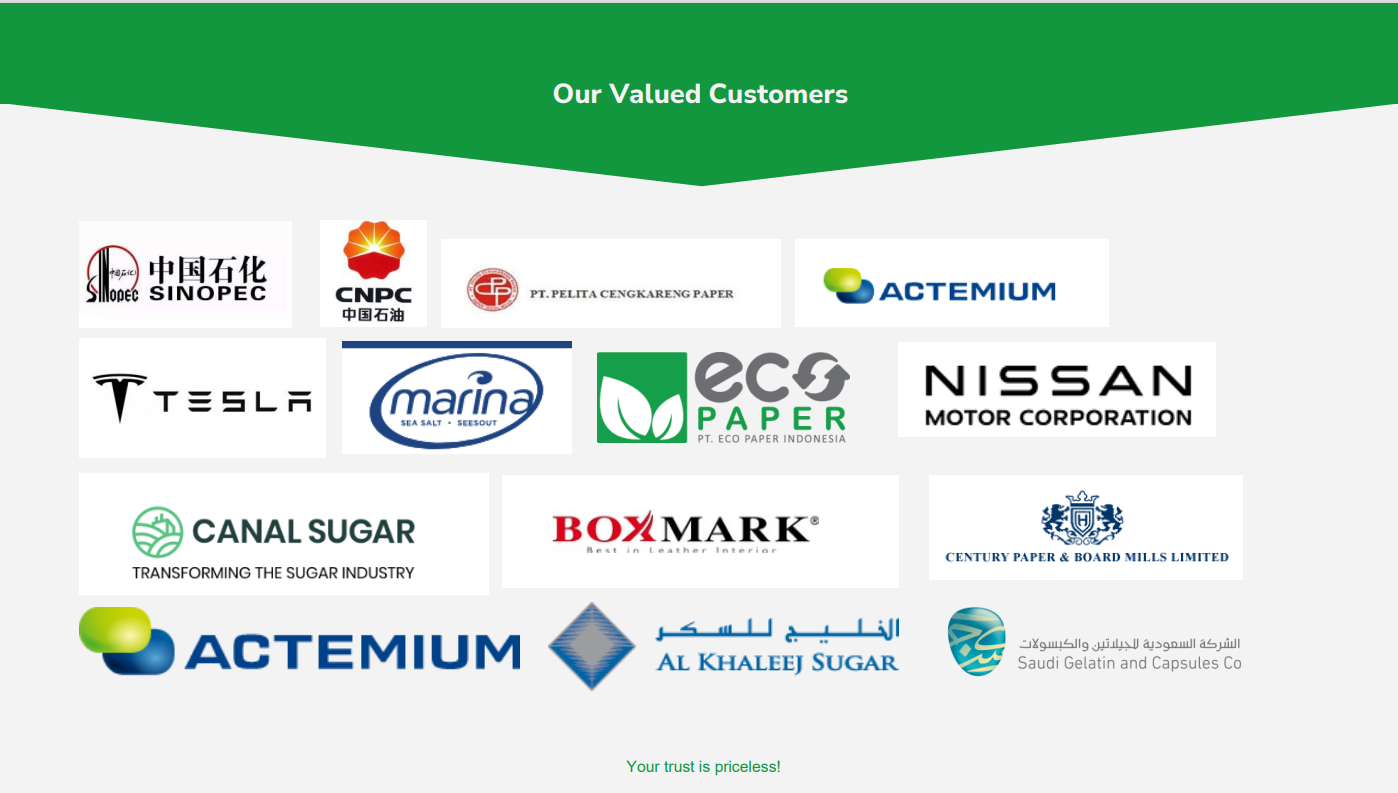What are the advantages and features of vibrating screens?
A vibrating screen is a screening equipment widely used in industries such as mining, chemical, building materials, food, and pharmaceuticals. Its core function is to classify, screen, remove impurities, or dewater materials through vibration. Below are the key features and advantages of vibrating screens:

Key Features of Vibrating Screens
- High-Efficiency Screening
- The vibration generated by motors or exciters rapidly lifts, disperses, and stratifies materials on the screen surface, significantly improving screening efficiency.
- Multi-layer screen designs enable simultaneous multi-stage classification (e.g., coarse, medium, and fine particles), reducing processing time.
- Compact Structure and Easy Maintenance
- Simple construction with components like the screen box, vibration source, screen mesh, and damping springs, allowing easy installation and disassembly.
- Open design facilitates residue cleaning and minimizes blockages.
- Strong Adaptability
- Handles diverse materials (dry, wet, powders, granules) by adjusting vibration parameters (amplitude, frequency) or replacing screen meshes (material, aperture).
- Some models withstand high temperatures or corrosion, ideal for harsh environments like chemical or metallurgical industries.
- Low Screen Blinding Rate
- Vibrational motion prevents sticky or high-moisture materials from clogging screen apertures.
- Automation and Intelligence
- Integrates sensors, PLC control systems, and remote monitoring for automated operation, fault alerts, and compatibility with modern production lines.
Core Advantages
- High Processing Capacity
- Large throughput for continuous industrial production, far surpassing manual or static screening methods.
- Precise Classification
- High accuracy (over 95%) ensures uniform particle size and enhances downstream product quality.
- Energy Efficiency and Eco-Friendliness
- Low energy consumption and sealed designs minimize dust emissions, complying with environmental regulations.
- Durability
- Wear-resistant materials (e.g., stainless steel mesh, rubber springs) and anti-vibration designs ensure long service life and low maintenance costs.
- Versatility
- Diverse types (linear, circular, high-frequency, probability screens) for customization across industries.
Typical Applications
- Mining: Ore grading, tailings dewatering.
- Chemical: Powder screening, catalyst recovery.
- Food: Flour sifting, sugar/salt filtering.
- Pharmaceutical: Drug particle control, granule sorting.
- Environmental: Solid waste sorting, wastewater treatment.
Summary
Vibrating screens, with their efficient screening, adaptability, low maintenance, and durability, are essential in industrial classification. They enhance productivity, ensure product quality, and align with automation and sustainability trends. Ongoing innovations (e.g., ultrasonic vibrating screens) expand their applications. Selection should prioritize material properties, output requirements, and environmental conditions.
Contact Us Today for a Tailored Solution!
Julie
Email: sales@filtrationchina.com
Mobile / WA / WeChat / Line / Viber: +86 159 2865 0174
